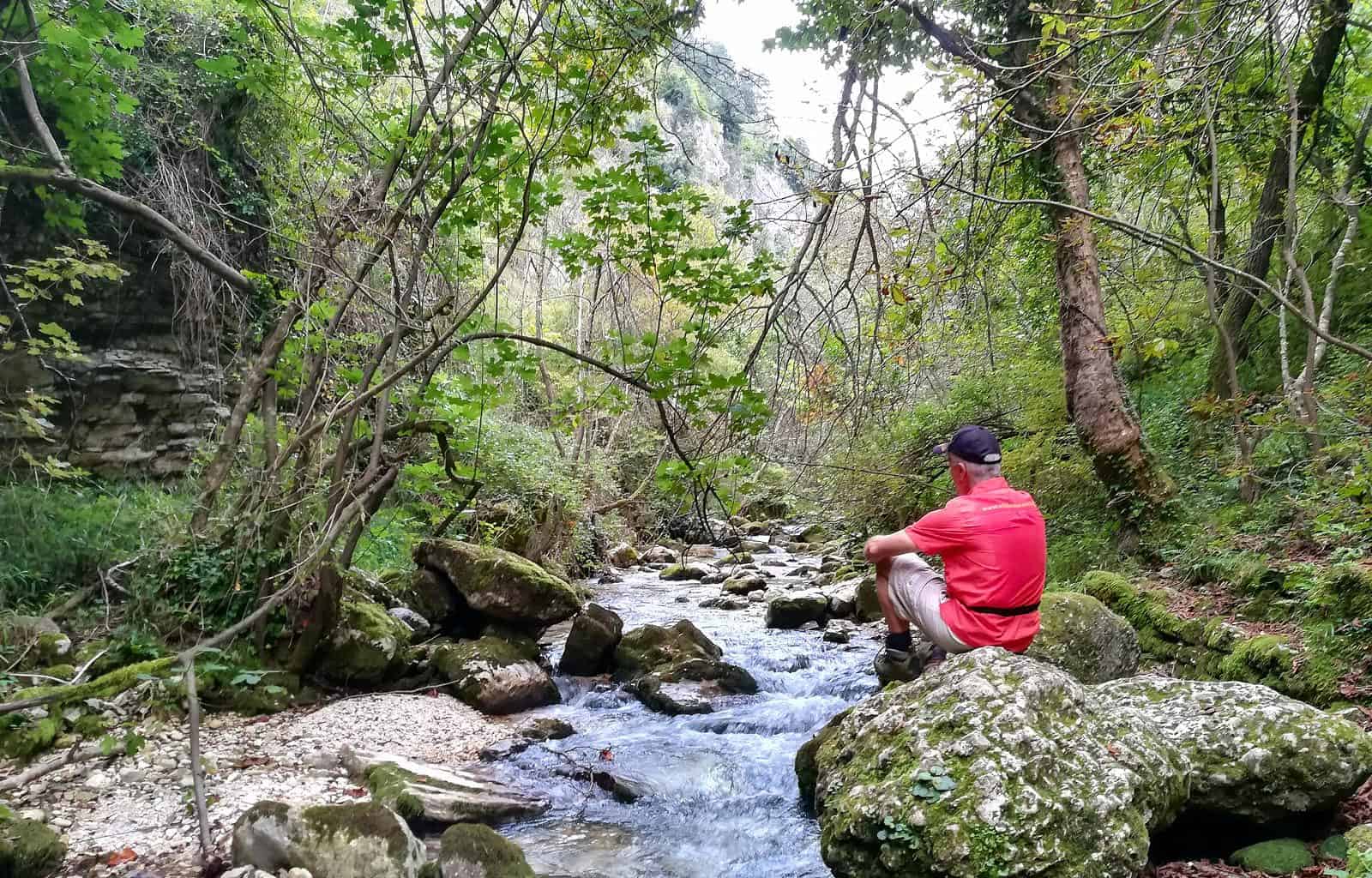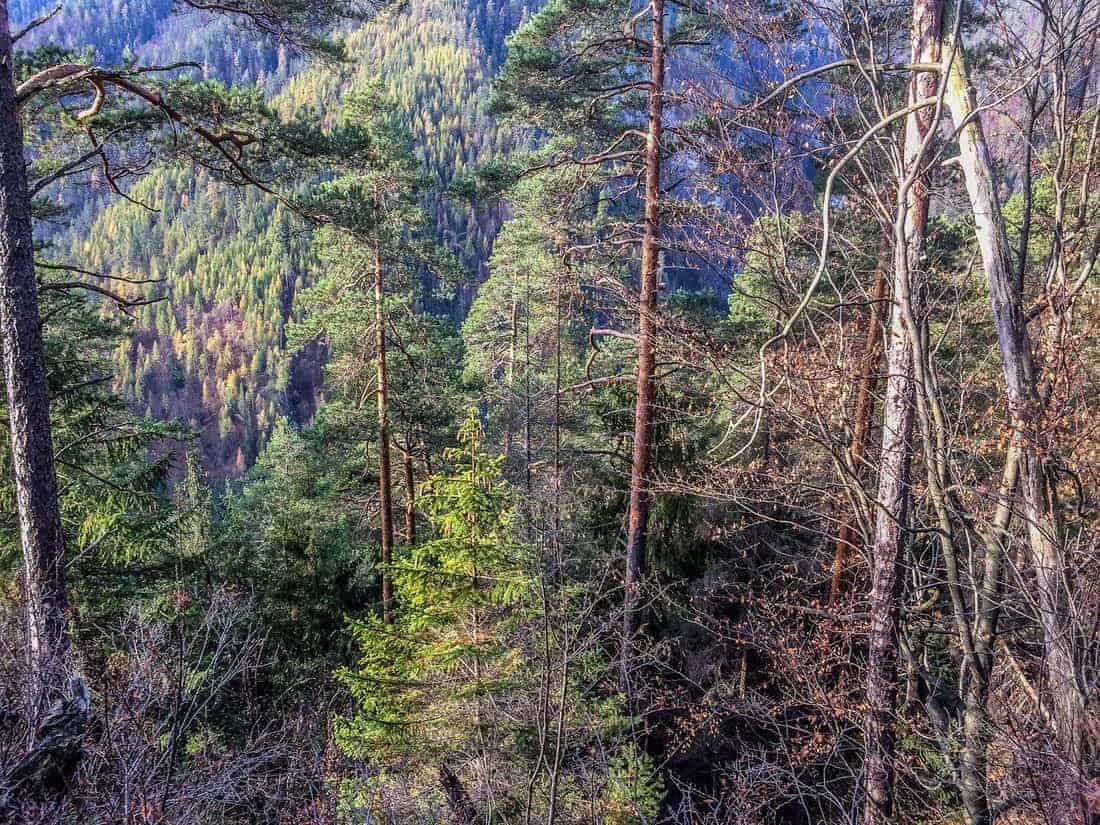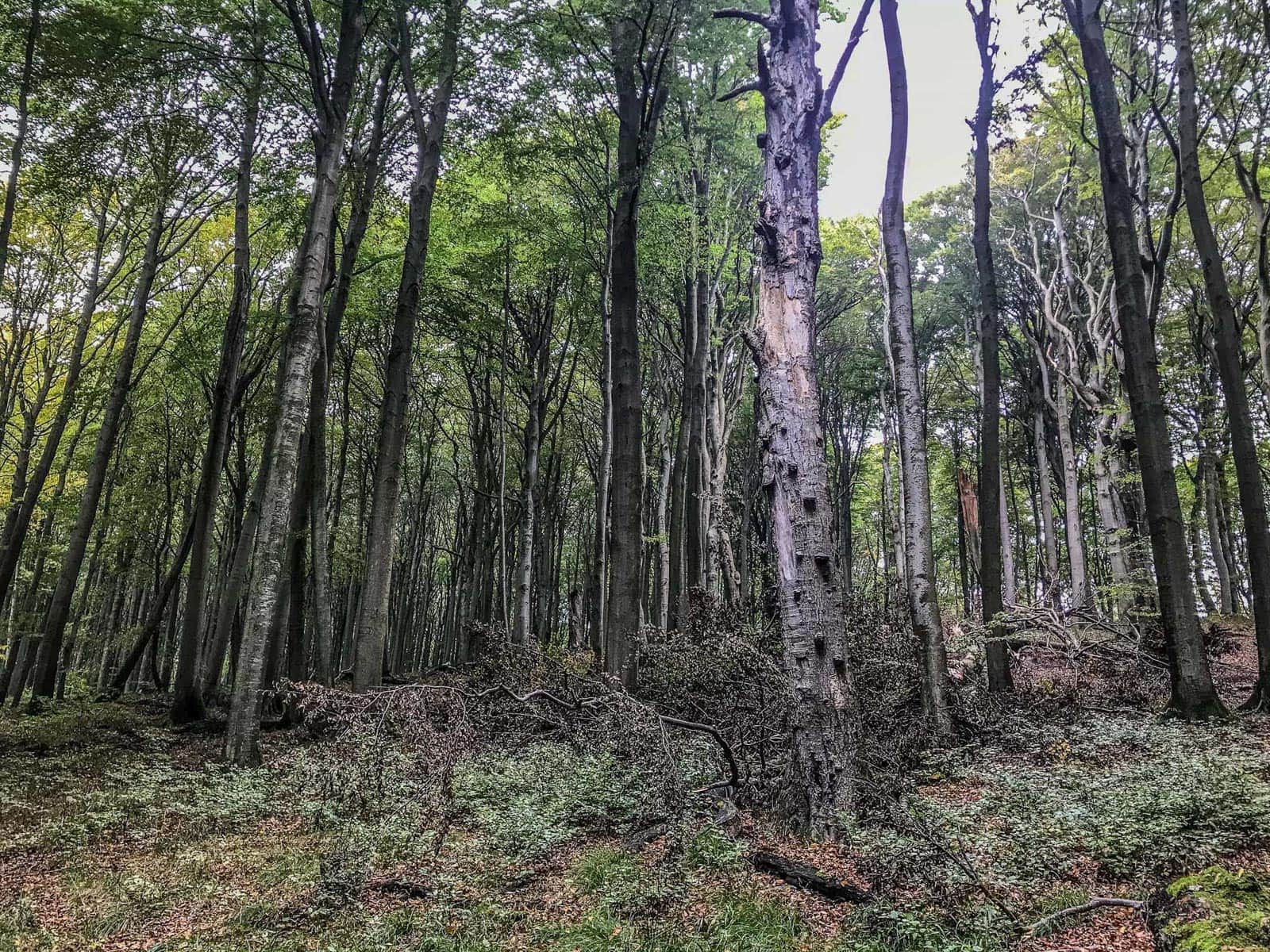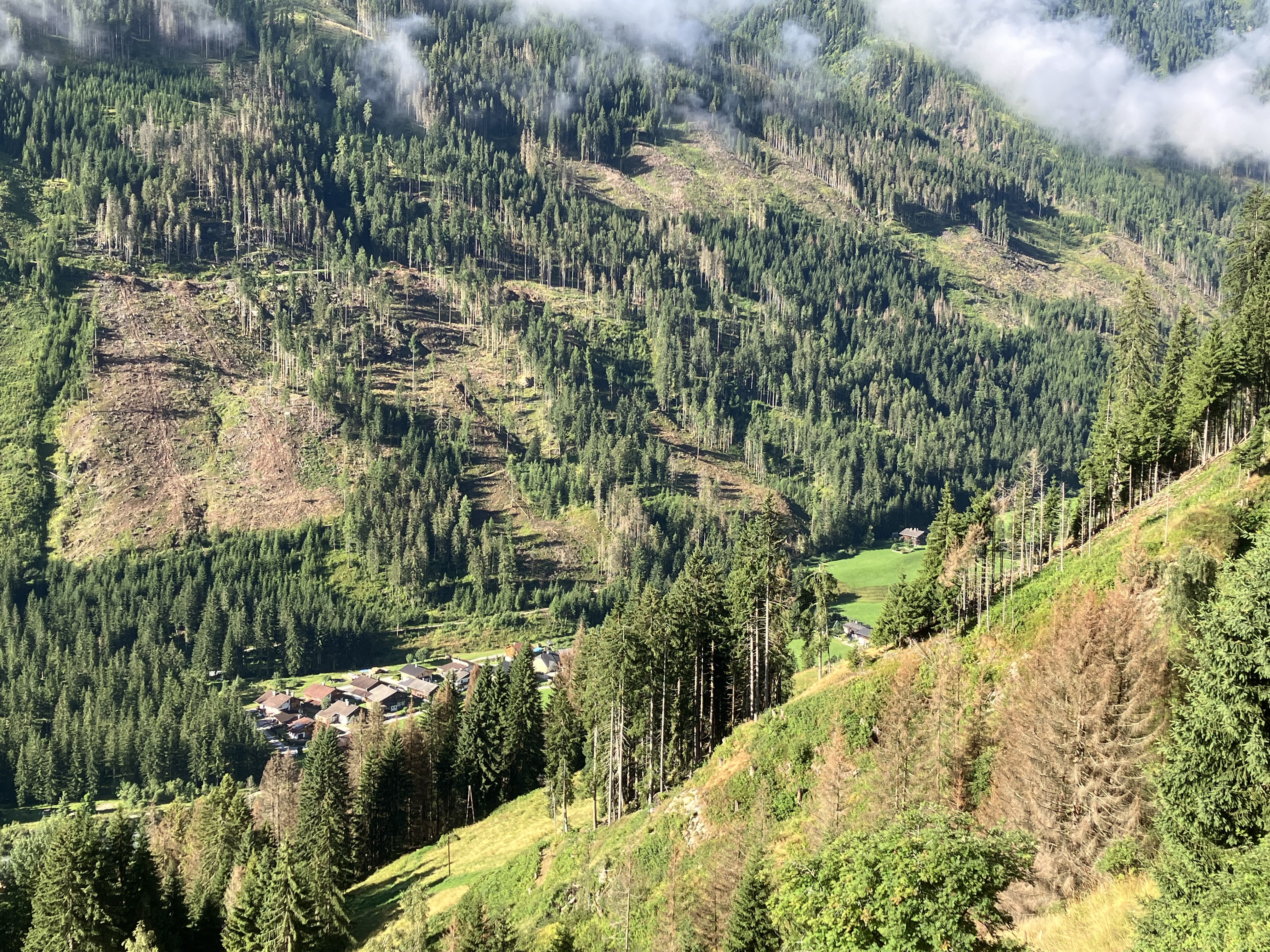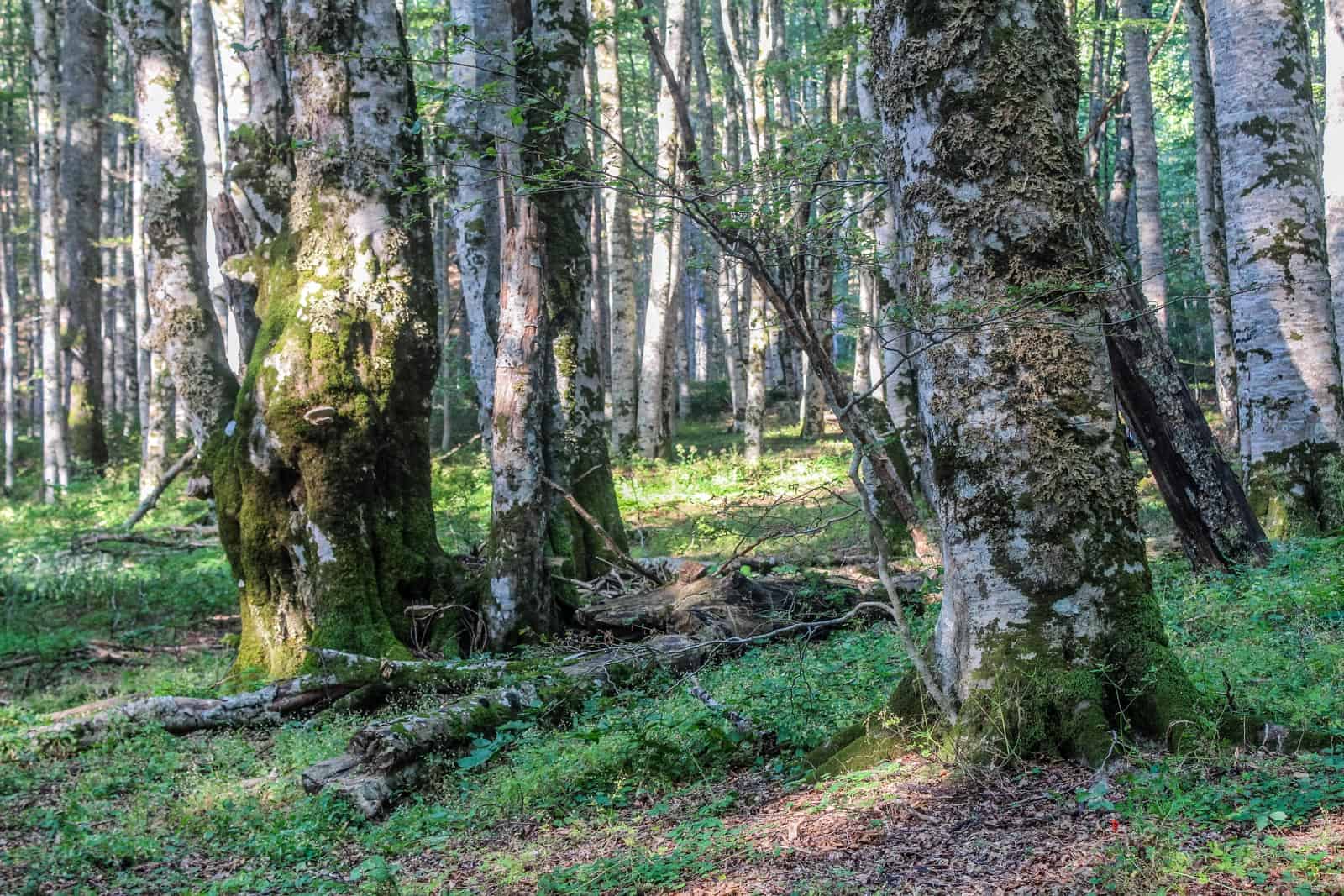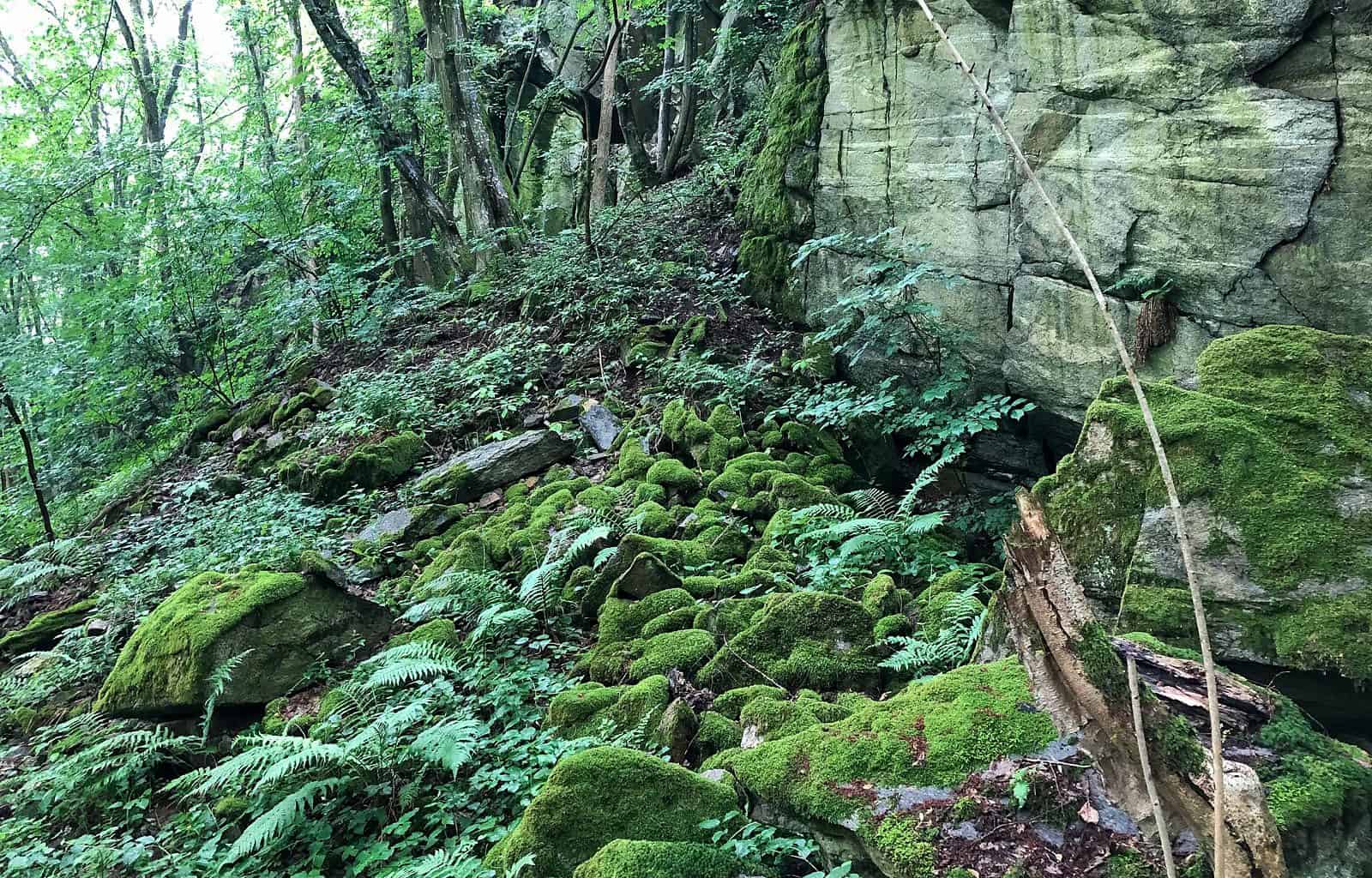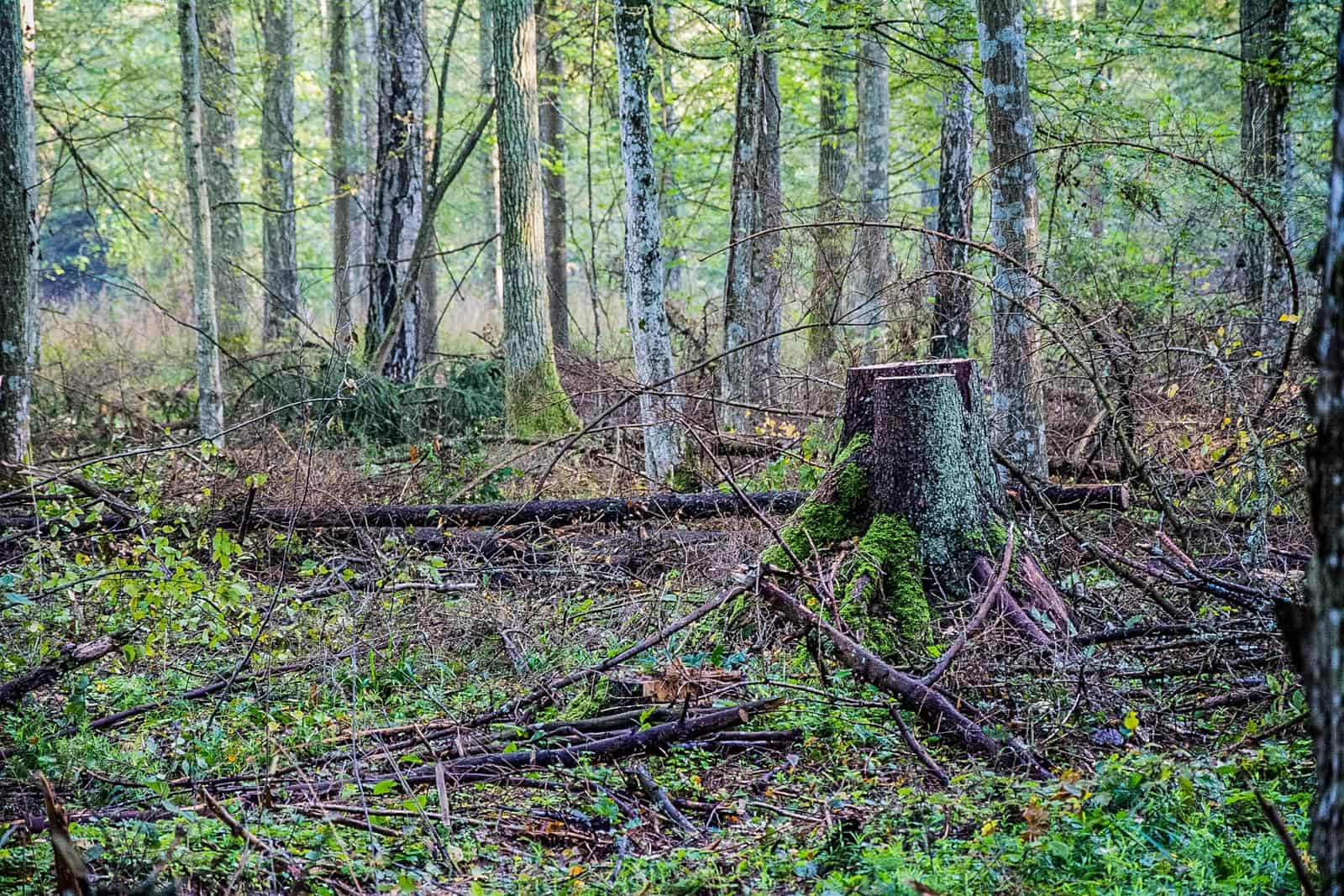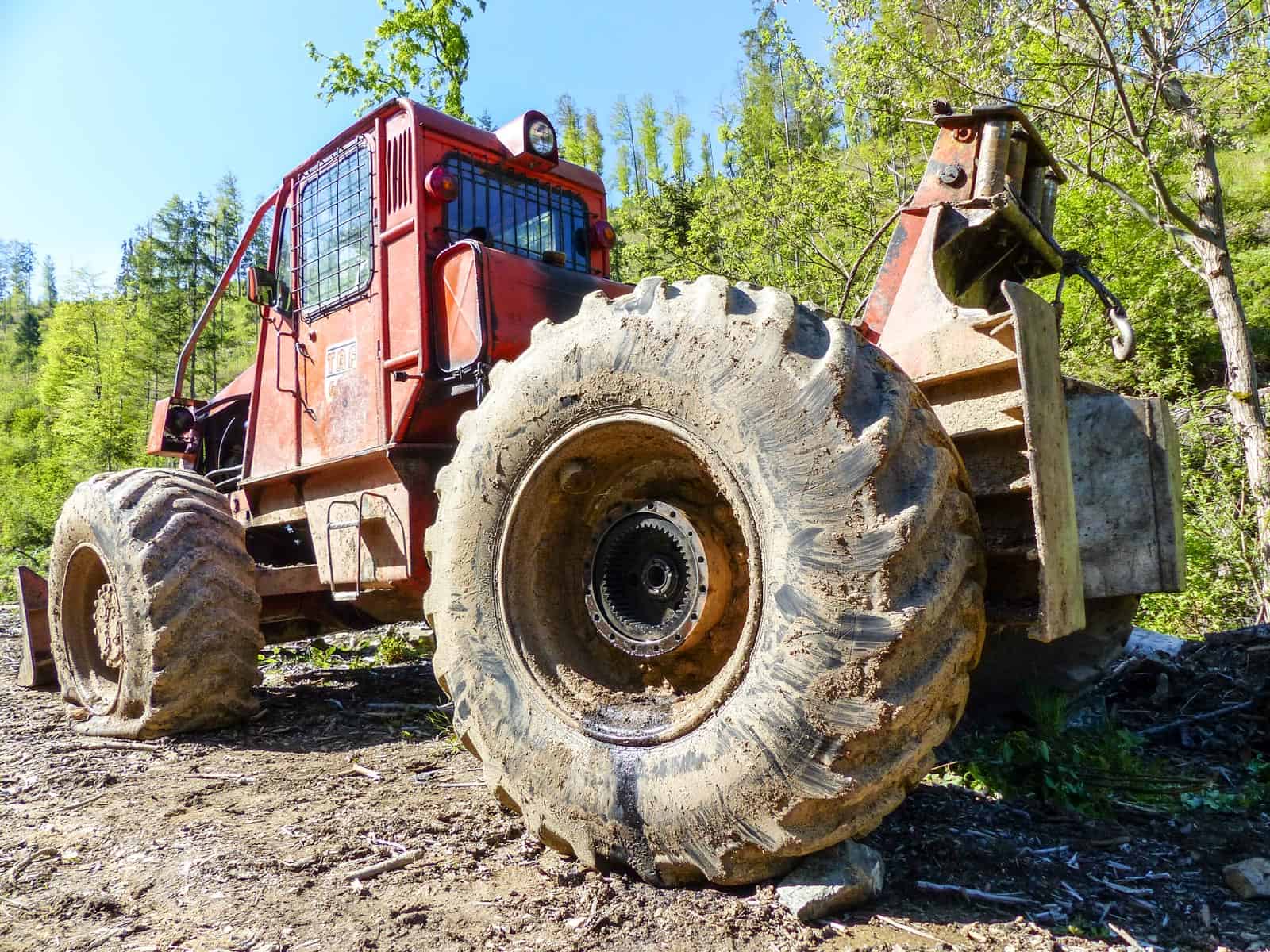Forest recovery in Majella National Park
Spontaneous forest recovery in Majella National Park is just astonishing. One can observe it if you visit this area more times with let’s say at least with one decade break in between. However, even better is if you compare the pictures from several decades ago and go to the place where they were taken. In that moment you start to recognise how forest distributions is changing. It is a unique experience if you manage to collect a set of pictures more than 50 – 80 or even 100 years old. Not easy, but worthy.
Majella National Park is an excellent place to get this kind of experience. The dominant tree in this area was and still is the beech and so beech forest is offering a wonderful experience to observe nature’s dynamics. Nevertheless, this kind of story is not limited only to the beech. The second not so easy recognisable experience is the dwarf pine building up the tree line above beech forest.
The localities worthy to visit in Majella National Park are easy accessible and usually also historical pictures are available. Only what is needed is a wish to walk a little bit, sit down and admire. Suddenly the story of the forest dynamics open up in front of you.
Please also read: The History Of European Forest Exploitation
Beech Forest in Europe
Beech Forest represents a vital part of Europe’s forest heritage. The expansion of the beech forests from post-glacial refuges to large parts of the temperate zone of Europe is a unique story. Beech forest grows from the sea shore up to the timberline in mountains. It covers a broad spectrum of site conditions from dry to moist, from poor to rich, from acidic to alkaline.
Originally the beech forest occupied much wider area in Europe than today. Human pressure dramatically reduced its original area. The remaining beech forests are mainly changed and degraded by centuries long timber use. Primeval/virgin and old-growth/ancient beech forests remained only in few remnants, especially in the Carpathian and on the Balkan peninsula.
Deforestation in Apennines Mountains
Deforestation during the Roman period was a result of the geographical expansion of the Roman Empire. The empire had an increased population, large-scale agriculture, and unprecedented economic development. Roman expansion marks the transition from prehistory (around 1,000 BC) to the historical period beginning around 500 BC.
In that time, Rome drove human development in Western Europe. As such, it was a leading contributor to the deforestation around the Mediterranean. It also had a very heavy impact on beech forest.

Spontaneous forest recovery in Majella
A deeper look into the forest history in Majella National Park revealed that the beech forest dramatically suffered likely since Roman time. As the dominant tree, it was a subject of very intensive use and exploitation. That was the main reason for the reduction of the beech forest both in the range and also the structural and functional complexity. Consequently, the modern beech forest is generally very far from an authentic distribution and conditions.
Despite that, in the last decades the beech forest in Majella National Park significantly recovered. Spontaneous restoration is so dramatic that experts say that the during the last century, the territory of the Majella National Park has never been so wooded as is today. This is due to the decline of agro-pastoral activities, such as grazing.
This started to happen particularly since the post- World War II period. It has activated dynamic self regenerating processes not only in the beech forest but in the entire vegetation spectrum. The second important aspect is that particularly in the last 20 years, the Majella National Park management activities aim at the recovery of the naturalness of forest formations.
The Wilderness concept is providing an opportunity for spontaneous recovery of the habitat intensively managed and changed in the past century such as in Majella National Park










